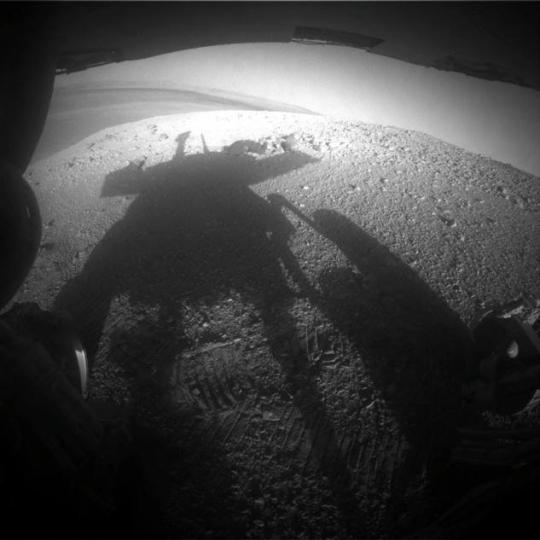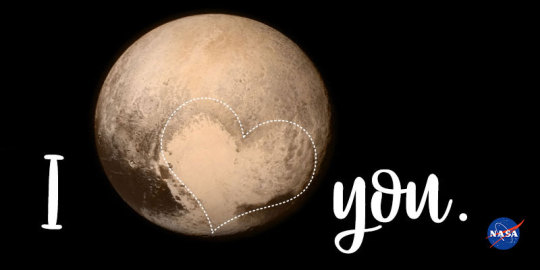Text

Clocks being the simplest form of engineering in our houses, it still got complex clockworks inside of it and it includes transformation of energy. Clocks mostly are powered by dry cells, and that batteries give the clock the electricity it needs, through conversion of chemical energy to electrical energy. Once the energy is converted into electrical energy, it makes the clockwork and gears move inside converting the energy into mechanical energy.
Energy transformation is a marvel. It teaches us that all energies aren't lost, just converted into another form. That means all the energies from the beginning of the world are still here today.
2 notes
·
View notes
Text


All people need energy to move everyday, so to do that, we need to eat. The food we eat gives us energy, and that energy is called chemical energy. Our foods are substances, so it is considered as chemical. That chemical energy will eventually be converted to different forms of energy particularly mechanical, heat, and sound energy. Mechanical energy can be found when we move, for example, when we dance we make our body move. There is movement, so is mechanical energy. The second one is heat energy, as our body need heat, particularly to be able to survive cold environments as we are warm-blooded. The last is sound energy, as we speak, our vocal chords vibrate making a sound. To vibrate, our vocal chords need energy.
#creativemind
#energytransformation
#scienceconcept
#reallifeapplication
10 notes
·
View notes
Text
The Opportunity to Rove on Mars! 🔴
Today, we’re expressing gratitude for the opportunity to rove on Mars (#ThanksOppy) as we mark the completion of a successful mission that exceeded our expectations.
Our Opportunity Rover’s last communication with Earth was received on June 10, 2018, as a planet-wide dust storm blanketed the solar-powered rover’s location on the western rim of Perseverance Valley, eventually blocking out so much sunlight that the rover could no longer charge its batteries. Although the skies over Perseverance cleared, the rover did not respond to a final communication attempt on Feb. 12, 2019.
As the rover’s mission comes to an end, here are a few things to know about its opportunity to explore the Red Planet.
90 days turned into 15 years!
Opportunity launched on July 7, 2003 and landed on Mars on Jan. 24, 2004 for a planned mission of 90 Martian days, which is equivalent to 92.4 Earth days. While we did not expect the golf-cart-sized rover to survive through a Martian winter, Opportunity defied all odds as a 90-day mission turned into 15 years!

The Opportunity caught its own silhouette in this late-afternoon image taken in March 2014 by the rover’s rear hazard avoidance camera. This camera is mounted low on the rover and has a wide-angle lens.
Opportunity Set Out-Of-This-World Records
Opportunity’s achievements, including confirmation water once flowed on Mars. Opportunity was, by far, the longest-lasting lander on Mars. Besides endurance, the six-wheeled rover set a roaming record of 28 miles.

This chart illustrates comparisons among the distances driven by various wheeled vehicles on the surface of Earth’s moon and Mars. Opportunity holds the off-Earth roving distance record after accruing 28.06 miles (45.16 kilometers) of driving on Mars.
It’s Just Like Having a Geologist on Mars
Opportunity was created to be the mechanical equivalent of a geologist walking from place to place on the Red Planet. Its mast-mounted cameras are 5 feet high and provided 360-degree two-eyed, human-like views of the terrain. The robotic arm moved like a human arm with an elbow and wrist, and can place instruments directly up against rock and soil targets of interest. The mechanical “hand” of the arm holds a microscopic camera that served the same purpose as a geologist’s handheld magnifying lens.

There’s Lots to See on Mars
After an airbag-protected landing craft settled onto the Red Planet’s surface and opened, Opportunity rolled out to take panoramic images. These images gave scientists the information they need to select promising geological targets that tell part of the story of water in Mars’ past. Since landing in 2004, Opportunity has captured more than 200,000 images. Take a look in this photo gallery.

From its perch high on a ridge, the Opportunity rover recorded this image on March 31, 2016 of a Martian dust devil twisting through the valley below. The view looks back at the rover’s tracks leading up the north-facing slope of “Knudsen Ridge,” which forms part of the southern edge of “Marathon Valley
There Was Once Water on Mars?!
Among the mission’s scientific goals was to search for and characterize a wide range of rocks and soils for clues to past water activity on Mars. In its time on the Red Planet, Opportunity discovered small spheres of the mineral hematite, which typically forms in water. In addition to these spheres that a scientist nicknamed “blueberries,” the rover also found signs of liquid water flowing across the surface in the past: brightly colored veins of the mineral gypsum in rocks, for instance, which indicated water flowing through underground fractures.

The small spheres on the Martian surface in this close-up image are near Fram Crater, visited by the Opportunity rover in April 2004.
For more about Opportunity’s adventures and discoveries, see: https://go.nasa.gov/ThanksOppy.
Make sure to follow us on Tumblr for your regular dose of space: http://nasa.tumblr.com
23K notes
·
View notes
Text
Our Favorite Valentines Throughout the Universe
Today is Valentine’s Day. What better way to express that you love someone than with an intergalactic love gram? Check out some of our favorites and send them to all of your cosmic companions:
Your love is galactic

The Hubble Space Telescope revolutionized nearly all areas of astronomical research — and captured some truly lovely images. Here, a pair of intersecting galaxies swirl into the shape of a rose as a result of gravitational tidal pull. What type of roses are you getting for your love — red or galactic?
I think you’re n{ice}

IceBridge is the largest airborne survey of Earth’s polar ice ever flown. It captures 3-D views of Arctic and Antarctic ice sheets, ice shelves and sea ice. This lovely heart-shaped glacier feature was discovered in northwest Greenland during an IceBridge flight in 2017. Which of your lover’s features would you say are the coolest?
You’re absolutely magnetic

Even though we can’t see them, magnetic fields are all around us. One of the solar system’s largest magnetospheres belongs to Jupiter. Right now, our Juno spacecraft is providing scientists with their first glimpses of this unseen force. Is your attraction to your loved one magnetic?
You’re MARS-velous

This heart-shaped feature on the Martian landscape was captured by our Mars Reconnaissance Orbiter. It was created by a small impact crater that blew darker material on the surface away. What impact has your loved one had on you?
I <3 you

From three billion miles away, Pluto sent a “love note” back to Earth, via our New Horizons spacecraft. This stunning image of Pluto’s “heart” shows one of the world’s most dominant features, estimated to be 1,000 miles (1,600 km) across at its widest point. Will you pass this love note on to someone special in your life?
Light of my life

Our Solar Dynamics Observatory keeps an eye on our closest star that brings energy to you and your love. The observatory helps us understand where the Sun’s energy comes from, how the inside of the Sun works, how energy is stored and released in the Sun’s atmosphere and much more. Who would you say is your ray of sunshine?
Do any of these cosmic phenomena remind you of someone in your universe? Download these cards here to send to all the stars in your sky.
Want something from the Red Planet to match your bouquet of red roses? Here is our collection of Martian Valentines.
Make sure to follow us on Tumblr for your regular dose of space: http://nasa.tumblr.com
4K notes
·
View notes
Note
mas type ko ung cooking a chicken using friction
Hello sir. There is a post going around asking how hard one would have to slap a chicken to cook and. Someone did the math and you would have to hit it at approximately 1666 meters per second. None of us can slap that hard. But you could. What I am asking is if you could slap a chicken (one already prepared for cooking of course not a live one) to prove or disprove this theory? All I ask is that you do this safely and somewhere not indoors as there could be collateral damage. Thanks in advance.

“S…. Slap a chicken?”

His time has come. Everything he has ever trained for has led to this exact moment!
A fresh chicken breast is placed on the table, he raises one hand.
“For science!”
A clawed hands slams down onto the poultry, which bursts into dust, as well as the table and marble flooring underneath.

“…. W H A T.”

“Champa!”

“It was for science, Vados! THEY HAD TO KNOW!”
13 notes
·
View notes